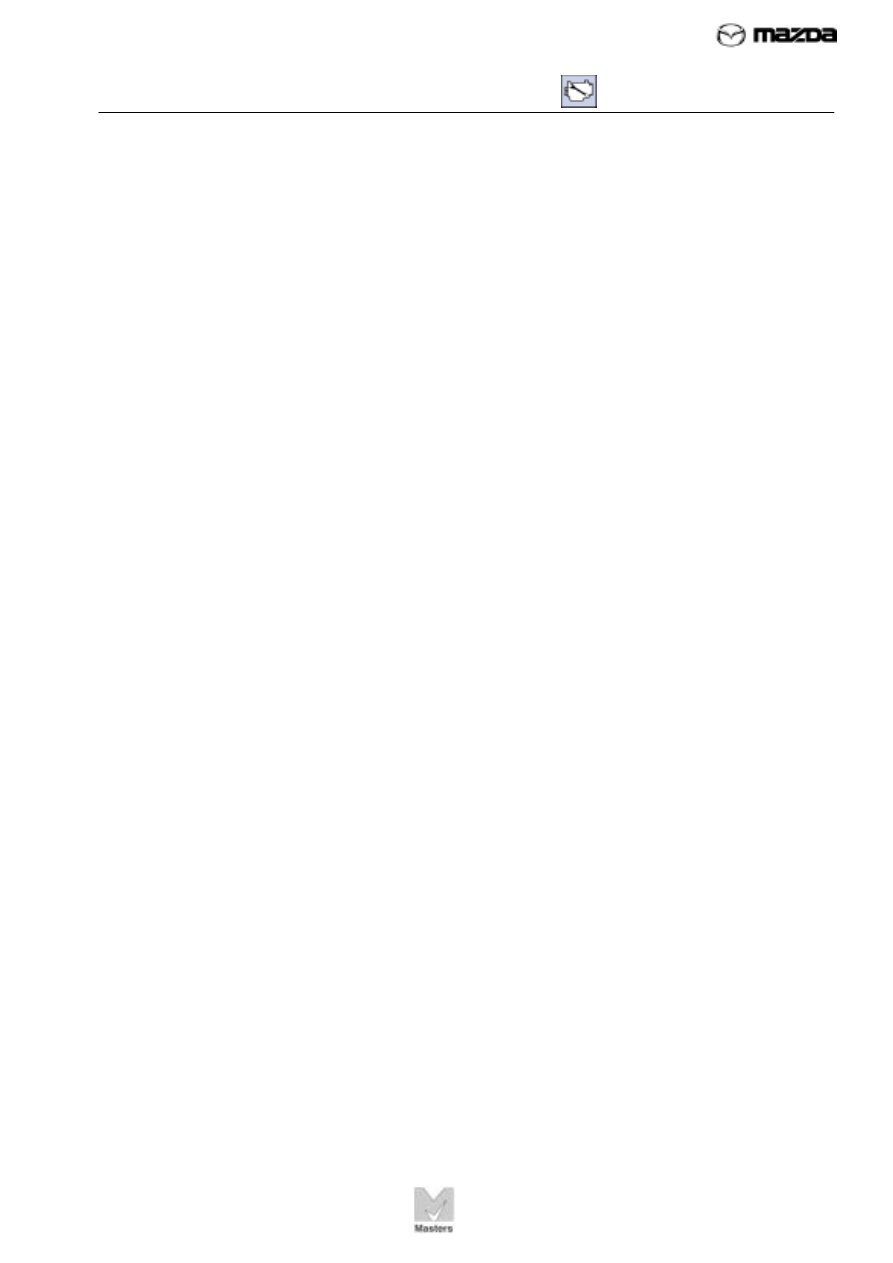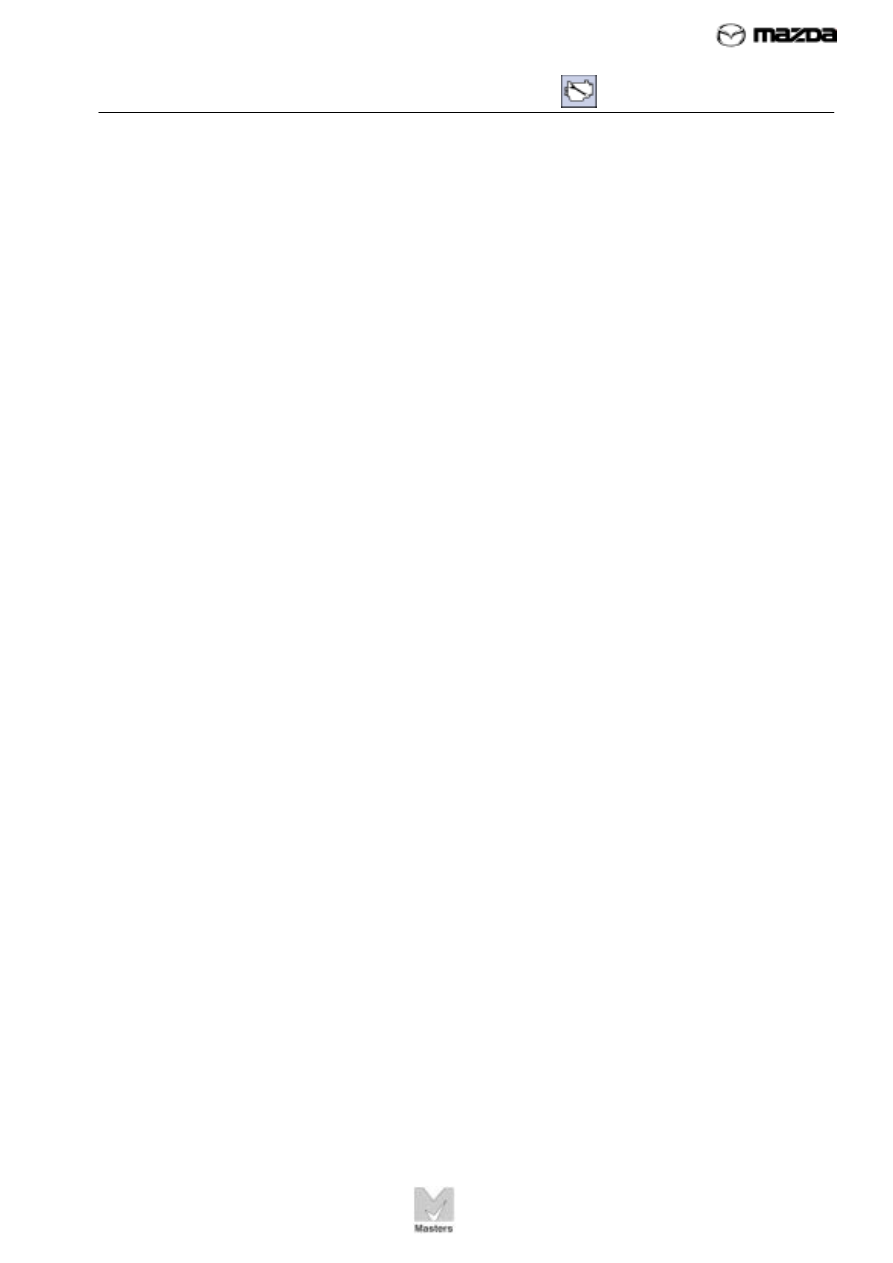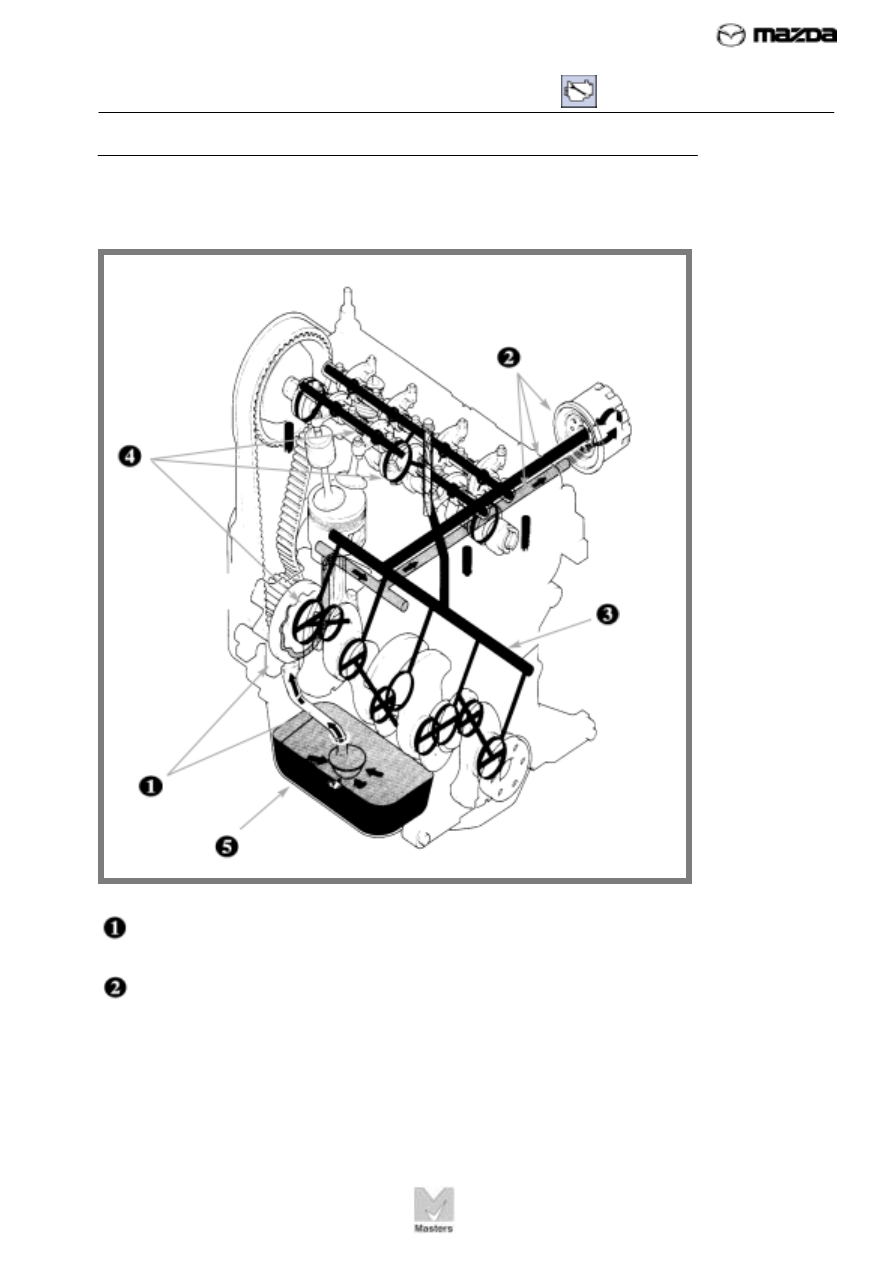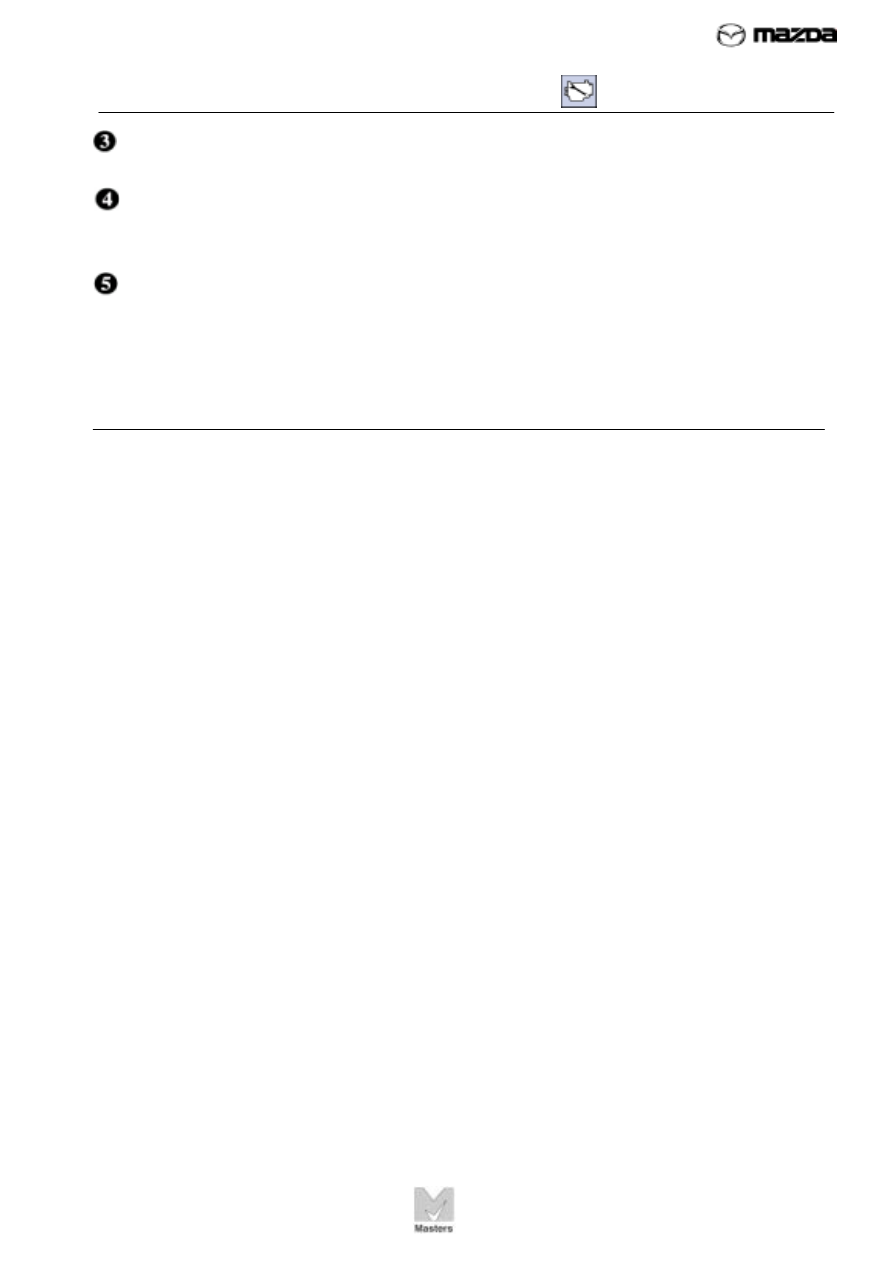Mazda Training manual — part 247

5 – LUBRICATION SYSTEM
73
Piston Engine Fundamentals
TC010-05-01S
Oil Pan
Bolted onto the engine under the crankcase, the oil pan is a holding area
— also called a reservoir or sump — for the engine oil. The oil pan transfers
heat from the oil to the outside air, and it allows dirt picked up in the engine
to settle out at the bottom. Many oil pans include a baffle to prevent oil from
sloshing.
Oil Strainer (Pick-Up)
The oil strainer or pick-up, is located in the bottom of the oil pan, where it is
completely covered by the engine oil. The oil pump draws oil through the
strainer. The oil strainer has a filter screen to keep large pieces of dirt and
debris out of the circulating oil.
Oil Pump
The oil pump provides the “push” that circulates the pressurized oil
throughout the engine.
Oil Filter
The oil filter traps smaller particles of metal, dirt, and debris carried by the oil
so they don’t recirculate through the engine. The filter keeps the oil clean to
reduce engine wear.
Answers to
Review
Exercise 6
1. valve
clearance
or lash
2. hydraulic
lash
adjuster
(HLA)
3. pushrod
4. rocker arm
5. A, C

5 – LUBRICATION SYSTEM
74
Piston Engine Fundamentals
TC010-05-01S
There are several other important parts of the lubrication system not shown in Figure 51.
These are described below.
Oil Seals
At various points in the engine, seals and gaskets are installed to prevent oil from leaking
out of the engine or into places in the engine where oil should not be present.
Dipstick
The engine oil dipstick is used to measure the level of oil in the oil pan. One end of the
dipstick dips into the top of the oil reservoir, and the other end has a handle so it can be
pulled out easily. The end that dips into the oil pan has a gauge on it that show whether oil
should be added to the engine.
It’s important to keep the oil level above the “ADD OIL” line at all times.
The
crankcase should never be overfilled or allowed to drop too low. Too much oil may permit
the crankshaft to contact the oil and churn it until it turns to foam. The oil pump can’t pump
foam, and foam will not lubricate. Low oil levels can result in excessively high oil
temperatures, which may lead to bearing failure. An oil level that is too high or too low can
also increase oil consumption.
Consult the Workshop Manual or Owner’s Manual for the correct oil capacity and
recommended oil.
Oil Pressure Indicator
The instrument panel usually has some type of oil pressure indicator that warns the driver
when the lubrication system cannot maintain the oil pressure needed by the engine. This
indicator may be a gauge or a warning light.

5 – LUBRICATION SYSTEM
75
Piston Engine Fundamentals
TC010-05-01S
HOW OIL CIRCULATES
Figure 52 shows how oil circulates through the lubrication system. The
numbers in this figure match the numbered steps in the description that
follows.
The oil in the oil pan is drawn up through the oil strainer by the oil
pump. The strainer filters out large particles.
Oil flows through the oil filter, which cleans the oil of smaller
particles of dirt and debris.
FIGURE 52. Oil
circulates from
the bottom of
the oil pan up
through the oil
filter, into the
cylinder block
and cylinder
head, through
the crankcase,
and back down
into the oil pan.

5 – LUBRICATION SYSTEM
76
Piston Engine Fundamentals
TC010-05-01S
From the oil filter, the oil flows into the main oil passage — or gallery — in the
cylinder block.
From the main gallery, oil flows through smaller passages to the camshaft, pistons,
crankshaft, and other moving parts. Oil holes and jets direct the flow of oil to critical
parts, such as the bearings and pistons.
As the oil lubricates the surfaces of moving parts, it is constantly pushed off by new oil,
which cools the parts. The oil drips from the lubricated surfaces back into the oil pan.
In the oil pan, the oil cools before being drawn back through the oil strainer to repeat
the cycle.
PRESSURE LUBRICATION
Full pressure is used to pump oil through the main oil gallery, which is a hollow passage
cast into the cylinder block. Oil from the main gallery lubricates the crankshaft main
bearings, connecting rod bearings, camshaft, and hydraulic lash adjusters (if equipped).
In other parts of the engine, the volume is reduced as oil flows through smaller passages.
The reduced volume ensures that the main bearings get enough oil and that excess oil is
not introduced into the combustion chambers. The parts that are lubricated by reduced oil
pressure include pushrod ends (in OHV engines) and rocker arms.

Нет комментариевНе стесняйтесь поделиться с нами вашим ценным мнением.
Текст